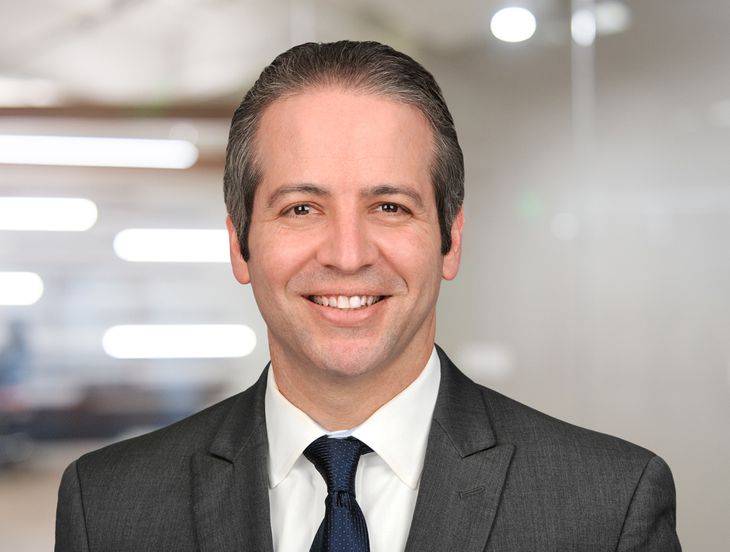Will Uber Actually Be Happy Its $100M Settlement Fell Apart?
Insights
8.19.16
The big news late yesterday was that the federal court judge overseeing the Uber class action litigation rejected the $100M settlement for being “not fair, adequate, and reasonable.” We wrote a detailed description of the decision on our website, and you can read it here.
You would think that Uber would be frustrated at this point, having seen a potentially easy way to wrap up many of its legal problems disappear down the drain. A company statement said: “The settlement, mutually agreed by both sides, was fair and reasonable. We’re disappointed in this decision and are taking a look at our options.” But is it possible that Uber might actually walk away from this development as a winner?
Right now, the class of California plaintiffs tops 240,000 drivers. The value of the main legal claims could top $850 million. On top of that, there is the potential for a California-specific kind of claim under the Private Attorneys General Act (PAGA) that could see penalties of approximately $1 billion (yes, that’s billion with a “b”). Given all that, and given the very real chance that Uber could lose the claim and be found to actually employ all of those drivers and not just have an economic relationship with a series of independent contractors, a $100 million settlement doesn’t sound all that bad.
But right now, at the same time this case is being litigated in federal trial court, another battle is ongoing at a federal appeals court. Uber is fighting at the 9th Circuit Court of Appeals to have its arbitration agreement held to be valid and enforceable. Although a trial court rejected the agreements under state law terms, some court observers seem to think that the appeals court is poised to overturn that ruling and uphold the arbitration agreement. In fact, the plaintiffs’ attorney herself has publicly stated that the 9th Circuit judges’ questions at a June 16 oral argument seemed to signal that they were “leaning” towards breathing life back into the arbitration agreement.
What would happen if that other shoe drops and Uber’s arbitration agreement is found to be enforceable? The size of the class of litigants would plummet, from close to 250,000 all the way down to approximately 8,000. And that would all but destroy the leverage that the plaintiffs have over Uber. After all, it is highly doubtful that over 200,000 individual drivers would take the time to file single-person arbitration claims against the company. The company would be faced with a very small cast of characters continuing with a deflated class action case, and a smattering of individual and relatively modest arbitration claims. The value of the legal claims would be nowhere near $100 million.
So what happens now is anyone’s guess. Will Uber and the class of plaintiffs play a game of litigation chicken, careening towards a risky conclusion and hoping that the other side blinks first? Will the parties head back to the drawing board to try to craft a compromise solution before the 9th Circuit issues its game-changing ruling? Or will both sides roll the dice and risk handing the outcome of this Uber-expensive piece of litigation to a jury for an ultimate conclusion? Stay tuned to this blog to find out…
Related People
-
- Richard R. Meneghello
- Chief Content Officer
-
- Todd B. Scherwin
- Regional Managing Partner

